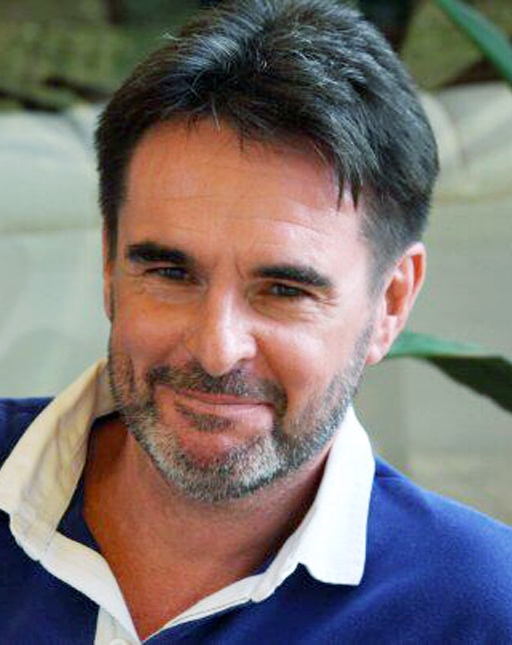One thing that is consistent across every specialized field is that overconfidence can quickly develop in practitioners, and have disastrous consequences for others. This is especially true when it comes to professions that provide care for others, such as doctors, vets and even farriers.
This goes beyond the Dunning-Kruger effect, wherein one experiences a sharp rise in confidence as one gains an initial competence in a skill. And then, after that initial peak, one experiences a rather rapid dive in confidence, as one begins to understand just how little one knows and how far one is from being an expert.
As a multi-dimensional specialty, farriery requires great competence in smithing, which becomes evident in the material product. What is less immediately evident is the extent of a farrier’s knowledge about the very thing one is treating: the hoof and its anatomy. One cannot compensate for this with one’s forging skills alone, and the whole industry could benefit from more clinics addressing horse anatomy and pathology, organized and approved by associations.
It is understandable why many of us take this rather unpretentious piece of hardware for granted. The hoof looks and behaves as if it is indestructible, with a hard, smooth surface area, and a blocky shape suggesting impenetrability. We see it in action, resisting massive loads. Even the sound of it resonates more like granite than any other anatomical structure. Therefore, one might be forgiven for thinking that there is not too much going on down there to worry about. It's not as if the horse can verbally complain, either.
It is therefore all the more important that we learn the cues from horses, as they manage pain quite differently than many people expect — especially those who do not realize how low the horse’s tolerance for pain really is. Undiagnosed and unrecognized pain will usually manifest in behavioral issues, which owners may attempt to correct (or worse, punish) when what really ought to be addressed is the underlying condition. Worse yet, if we as farriers are not really keen observers in this, if we don’t understand and work closely within a larger team and instead throw our weight around based on our smithing proficiency and personal preferences, we can cause further injury.
Most debilitating equine diseases stem from an injury sustained by the invisible, sensitive tissue buried deep within the protective layers of skin, bone and hoof. The insidious nature of degeneration may only become obvious when visibly present, and may then be too late to remedy.
One obvious first step to take is to better educate ourselves across the various disciplines of equine care, and thus become better communicators with other members of a horse's care team. And remember, of course, that Dunning-Kruger effect: Just because you have started to read a few veterinary texts does not mean you are on the same level as certified vets.
Reference materials detailing hoof form and function have never before been so freely available. If anything, one may experience information overload from the sheer volume of imagery, scholarly articles, amateur blogs and more. When researching pathology and anatomy as they apply to farriery, we should prioritize sources with hard data to back up the claim, whether in a peer-reviewed veterinary journal or in the findings of an individual farrier who has spent years documenting their work, their measurements and results. If you are overwhelmed to start, asking other specialists in equine care what they recommend will go a long way in setting you on the right path, and help improve communication from the start.
The truth is, research is still being done. Equidae Equus is 50 million years in the making. We have only begun to scratch the surface, despite humans and horses co-existing since pre-history, and the former consciously shaping the evolution of the latter for millennia. There is much to learn about this most specialized of species, and brilliant minds are at work to make our understanding more complete.
As for farriers, at the minimum we should have a strong command of how the anatomy of the equine hoof and leg work in maintaining:
- Proprioception.
- Weight-bearing.
- Protection.
- Circulation.
- Shock absorption.
The form, function and relationship between these structures is a finely balanced arrangement, requiring careful management, and we play a large part in that that goes far beyond the forge. In essence, our understanding of the horse has to be as thorough and various as the structures we are there to protect and assist in our work. We don’t know what we don’t know, but acknowledging that we don’t know everything is a critical first step that our industry needs to be more emphatic about taking.








Post a comment
Report Abusive Comment